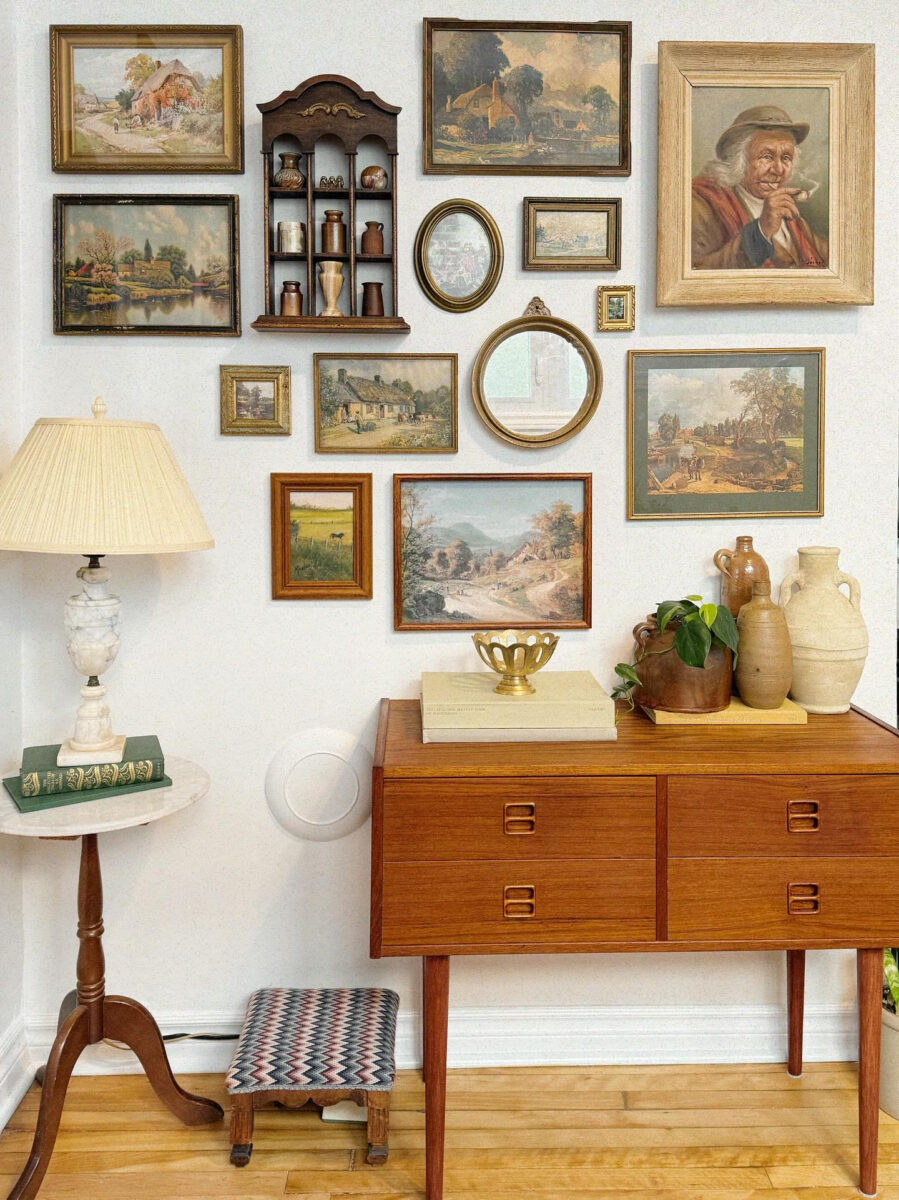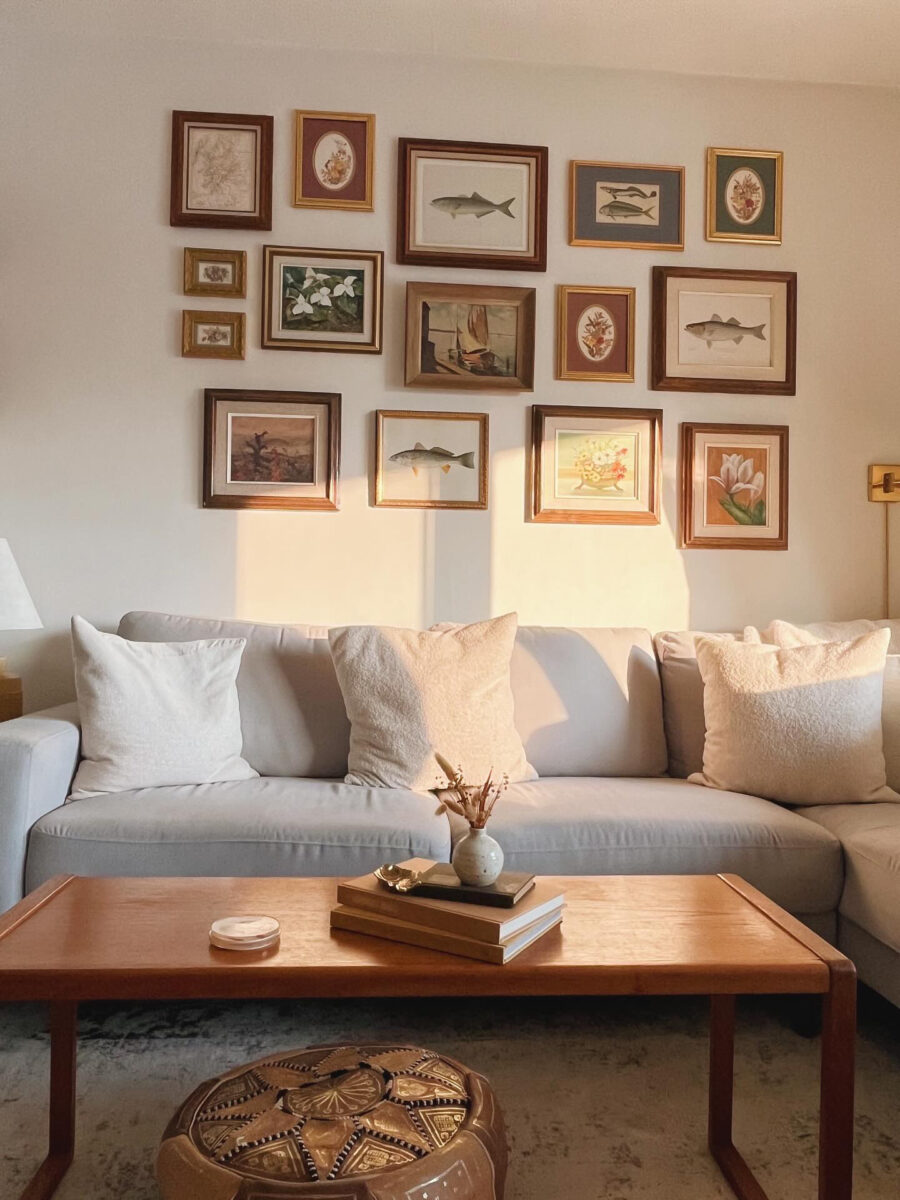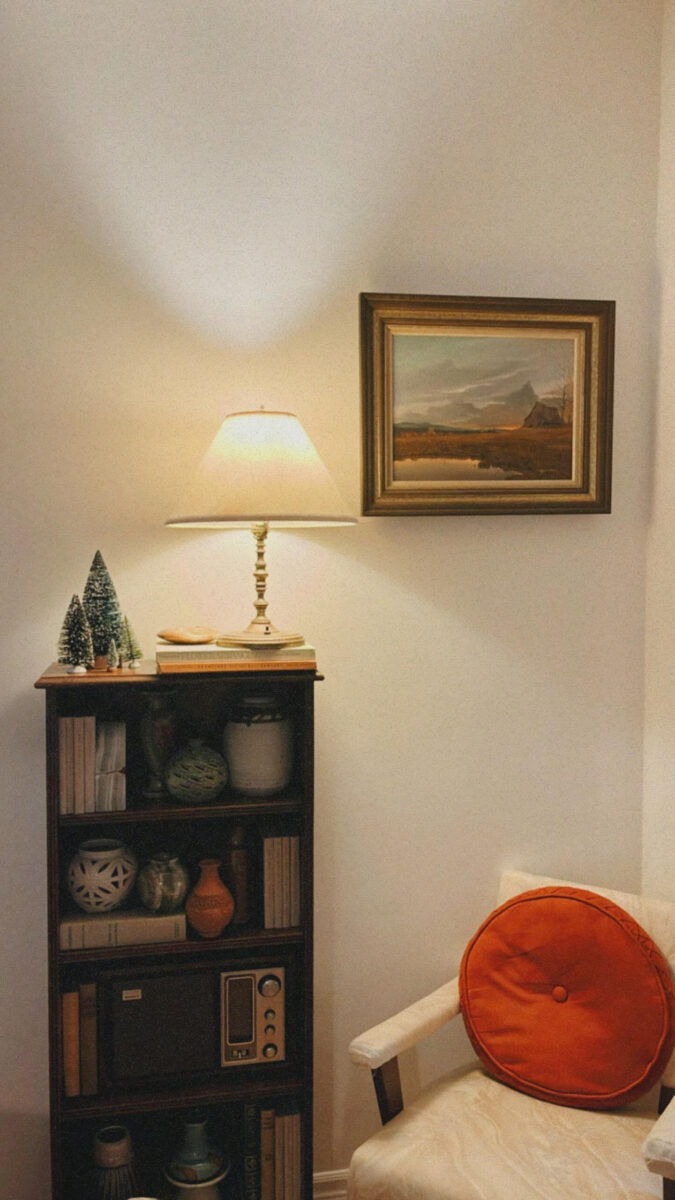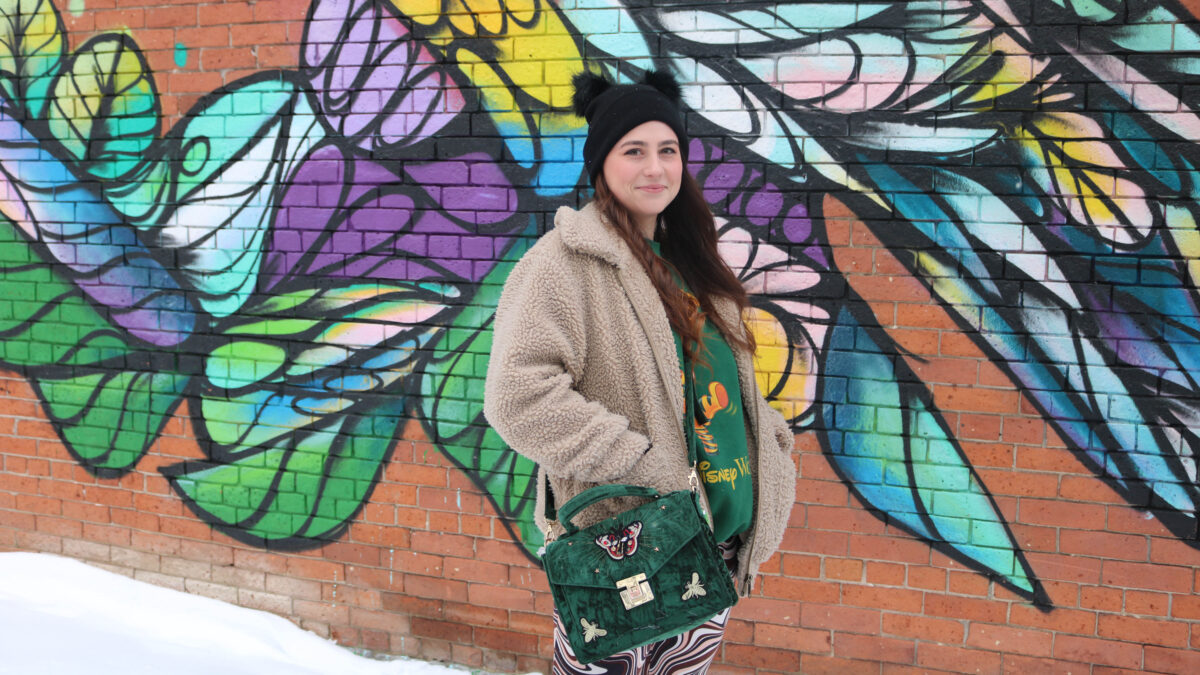Chloe Hayes walks up and down aisles lined with an eclectic mishmash of clothing at her local Value Village, grabbing items that catch her eye. Hangers are hooked together, long sleeve tops and skirts are tangled into a growing pile in her shopping cart.
The sounds of shoes and squeaky cart wheels are drowned out by the large headphones sitting atop her head.
Hayes pushes her cart off to the side and begins to sort through her finds. Cushioned between the folds of a sweater and a sequined top, are a few small décor items. Hayes slowly eliminates most of the items. Those that remain are vibrant, sequined, lacy and ruffled.
“I don’t feel guilty for consuming so much and putting such a strain on the production of clothes,” said Hayes, adding that if she was buying her clothes new, she would be spending hundreds of dollars.
Hayes is part of a well-established trend towards thrifting, which many believe is a more sustainable way to shop. But for those who like vintage but not all the work, this trend has also helped produce a cottage industry of resellers, such as Katherine Herbert.
Herbert runs Dream Vintage, which specializes in eclectic home décor and clothing. Every day, Herbert is on the hunt for the perfect item, whether that be a ceramic frog planter or a pink swan vase.
“If it’s cute, it’s coming home with me,” says Herbert.
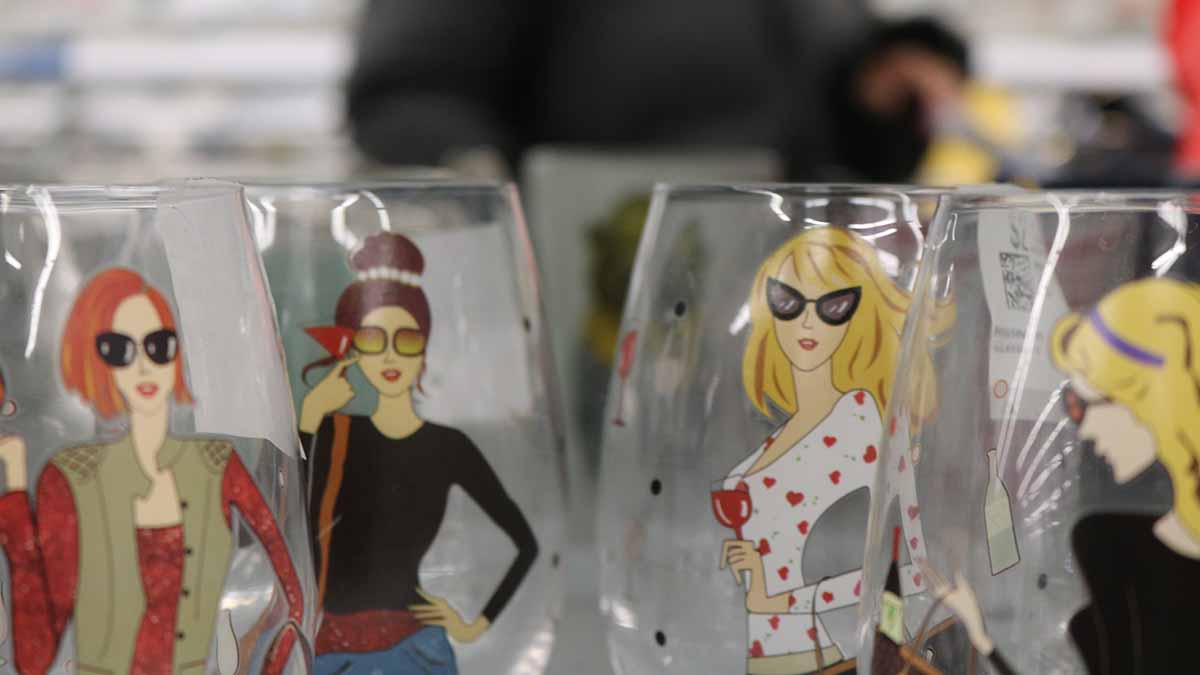
She sources her products through social media and traditional methods, such as estate sales and auctions, sometimes driving more than three hours each way to pick up vintage collectibles.
One of her most notable finds was a 2,000 piece collection of frog figurines.
Herbert says that she wants people to be able to afford the items. She says she respects a bargain and will work with a customer to determine a price they can afford, while taking into account the time and money she put into sourcing the item.
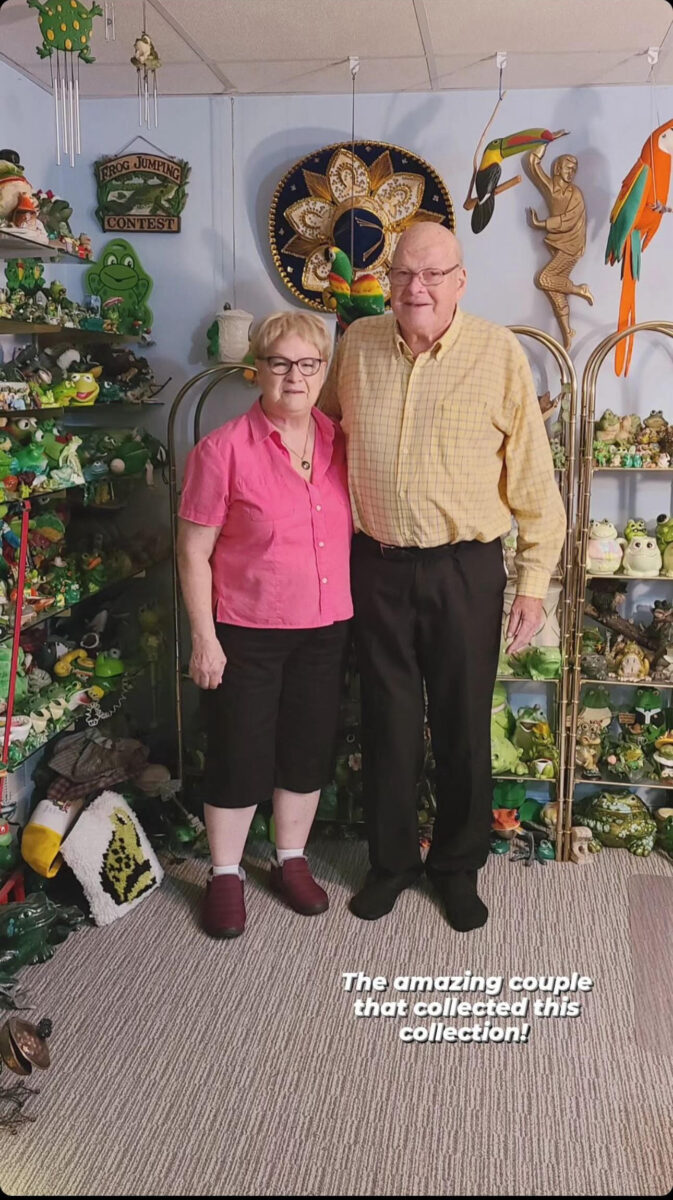
“I always give a small discount … you picked up that item because you clearly gravitated towards it so, I want you to have that item because it sparked some sort of joy for you to hold it in your hands,” says Herbert. “I like making people happy.”
Herbert cleans each item and performs small repairs on slightly damaged goods. From there, the item is given a handwritten tag with its history carefully detailed on the label.
“I like to bring people happiness. I already have enough, my life is full. The goal is to bring joy to others,” says Herbert. “It’s all about supporting each other and the community.”
Dream Vintage can also be found at 613 Flea, a local not-for-profit market that is run periodically in Ottawa’s Aberdeen Pavilion.
Kristi Striegler also operates a vintage reselling business, called Old Pine Vintage Finds, which can be found at 613 Flea.
“You’re basically curating for people. You’re the middle man. You’re like the Uber driver or the person that does Instacart for your groceries,” she says.
Striegler sells cottage-style home décor items, ranging from brass candlesticks to hand-made pottery and beyond. A pediatric physiotherapist by day, Striegler spends most of her free time searching for the next find.
“Always look at the back of the next aisle, look through the shelves, that’s where you find the gems.” says Striegler. “Always look in the junk bags and always look in the dusty corners.”

Striegler prioritizes the importance of intentional shopping.
“If you’re not sure about it, put it in your cart, walk around with it. You can always put it back but it might not be there if you second guessed it,” says Striegler.
The online thrift world can be brutal, especially when you’re first starting out, says Striegler, who releases around five items a week on her Instagram shop. She says the constant turnover on social media means that you have to stay active.
She says she also finds it challenging to set prices for products.
“If I wouldn’t pay that price, I wouldn’t sell it at that price, that’s my rule of thumb,” she said.
Striegler says she aims to keep her products around $20, though she needs to make some profit to continue her business. Compared to curated thrift shops in larger cities, Old Pine Vintage Finds is on the affordable end.
“Art is really hard to source for. The stores are getting onto the trend, and they’re actually selling them at what I would sell it for. I still sometimes get it and price it the same because I want people to have access to those cool pieces,” says Striegler.
Some U.S. curated Instagram thrift stores, have close to 15,000 followers and the average item is $40 and more.
Striegler and Herbert say they try to stay affordable to ensure customers don’t have to struggle with cost when shopping for home.
In general, Striegler says that the sales cover her purchases and any fixes she makes but not the time she spends hunting for items, while Herbert says her sales cover the purchases and her time.
And while Chloe Hayes often does the hard work of scouring the thrift shops herself, she appreciates that the resellers she visits at 613Flea are reasonably priced.
“They thrifted it, they know that it was not that expensive for them and they don’t really inflate the price to something crazy,” says Hayes.
Hayes says she also takes comfort in knowing that old things are being put to use.
“It’s cool to know that you can literally style your whole home from someone else’s past stuff and give it a second life,” said Striegler.
